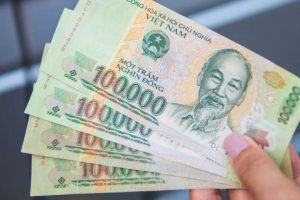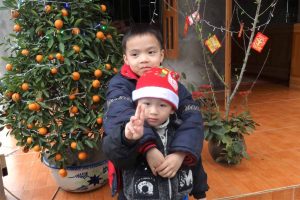Ha Giang is rapidly becoming a precious gateway for adventure seeking travelers. That has brought more and more tourism to the city. Naturally, the local economy will accommodate and expand with this change. This fact can help ethnic minority groups in Ha Giang improve their life conditions, implying many favorable outcomes for those who are willing to adjust and cater for the new flow of visitors.
But what does all this mean for the ethnic people who have lived here long before adventure seekers turned up on motorbikes? What can you do, as a traveler, to visit their lands with respect? Can you make a small contribution to their lives? This post tries to help you understand local life in the region, so you can travel while getting to know and respecting different ethnic minority groups in Ha Giang.
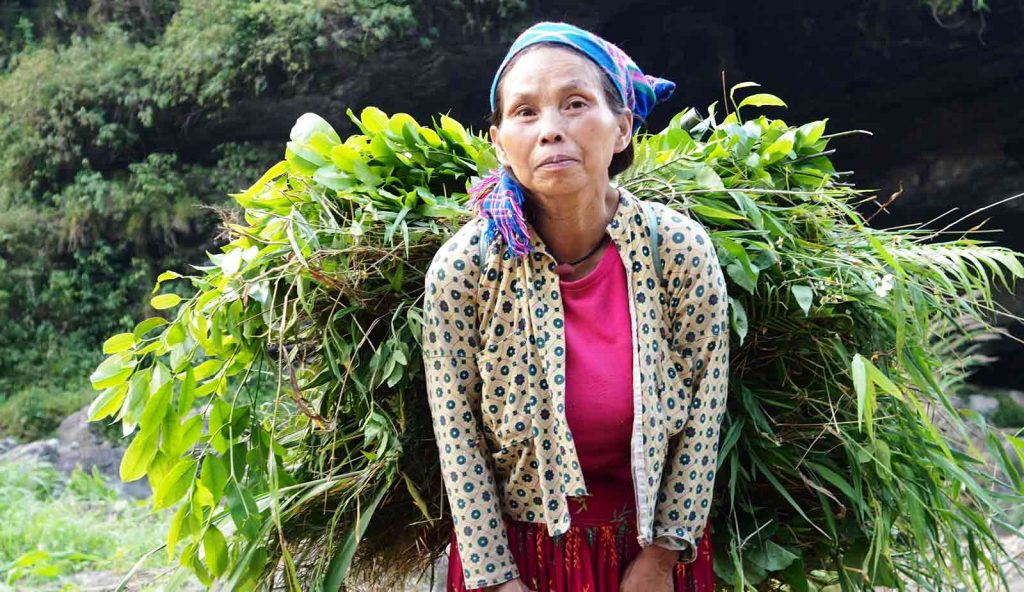
What ethnic minority groups live in Ha Giang?
There’s a large number of tribes and groups who live among the mountains in Ha Giang. Uncovering their intricate lifestyles and identities is just fascinating! Each district in the province differ in subtle ways, all steeped in mythical folklore and historic rituals. Depending on the area, each group have their crafts and skills they specialize in, such as:
- weaving, knitting, embroidery, wax printing;
- casting and jewelry making;
- carpentry, masonry;
- livestock and husbandry;
- traditional building;
- rice production and milpa;
- tea, bamboo, sugarcane;
- dancing and traditional songs and instruments.
These are the main ethnic minority groups that live in Ha Giang:
The H’Mong Ethnic group
They’re the largest, making up for 32% of the population in Ha Giang. They arrived originally from China around 300 years ago. The H’mong families have different ways of ancestor cult. The Door Ghost worship and the Great Mother Ghost worship are two of the main ones among these people. Mong’s literature and art show their community psychology and awareness, and other issues about nature, society and history. They build and play several wind instruments, such as pan-pipes, flutes, leaf-horns and lip-horns.
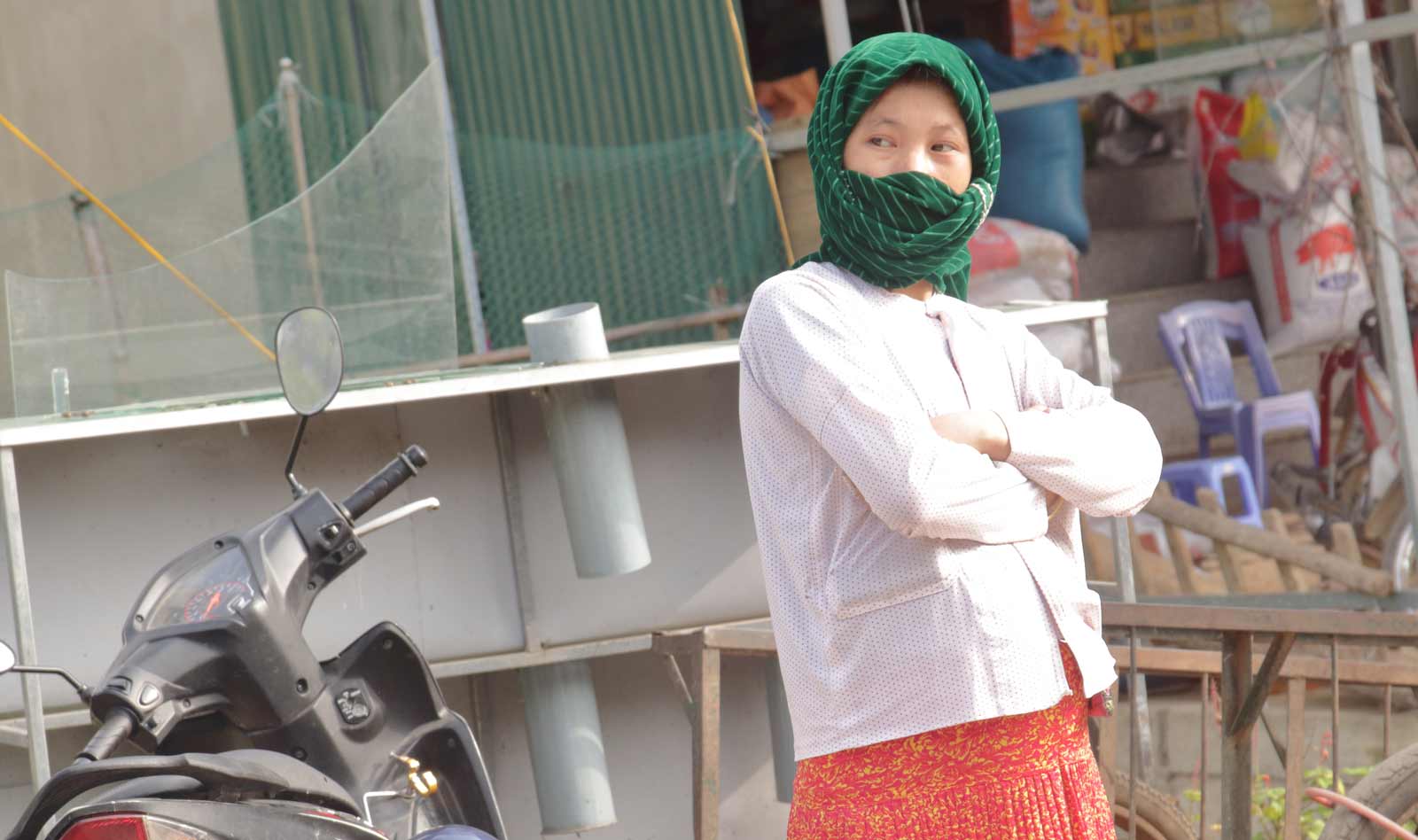
The Dao Ethnic group
Dao people live in traditional natural stilt houses, usually close to water. They retain a complex religious culture, demonstrating community spirit. The Dao folkloric literature is very rich in legends, myths, narrative stories, pop songs, quizzes and proverbs. All these are great sources to understand their communal perception of the universe and human life.
The Pu Peo Ethnic group
The Pu Peo ethnic group ranks 53rd in the Vietnamese community in terms of population. They live scattered on high mountainous areas along the Vietnam-China border.
Their house building process follows very strict religious procedures. These affect the selection of the land, the trees that can be used for pillars and the building itself.
The Pu Peo worship three generations including Pe, or parents, Te Ngan, or grandparents, and Te Gao, or great grand-parents.
The Lo Lo Ethnic group
Living in Lung Cu since ancient times, the Lo Lo people have made many efforts in reclaiming virgin lands and grasping to this northernmost part of the country.
The decoration on their turbans, shirts, skirts and pants are particularly colorful. A very curious fact: the Lo Lo calendar divides a year into 11 months, each corresponding to an animal’s name.
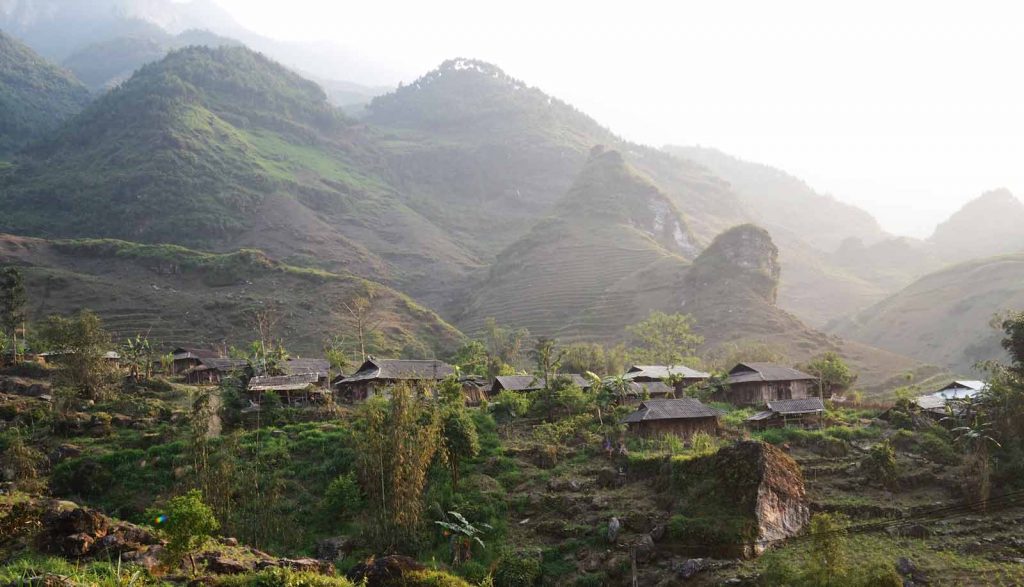
The Giay Ethnic group
Giay people live mainly on planting water rice and farming milpa. Every year, they organized the Roong Pooc ceremony to begin their farming season. Giay people built pigsties and hen-coops far away from their houses to fields. Their noteworthy handicraft making are weaving and bamboo knitting.
The Nung Ethnic group
Nung people mainly live in Quan Ba district, usually in valleys near rivers, streams or hills. They live on farming rice, with high cultivation technique. Their animal husbandry is also highly developed. Handicraft making among these people is very diverse, including forging, casting, carpenting, knitting, paper making and cloth weaving.
The Tay Ethnic group
The Tay is the second largest ethnic minority in Ha Giang, accounting for 25% of the total population of the province. They live in houses of stilt that are thatch roofed using palm leaves or grass.
The Tay culture is very diversified. They feature different kinds of ceremonies, including weddings, funerals and new house celebrations, among others. Their folkloric literature is a rich treasure of legends, myths, ancient stories, verse stories and folkloric songs.
What is life like in Ha Giang villages?
Life in the small villages along the route is very different to what we could call Western life, and to urban Vietnam as well. These villages are home to groups who live slowly, in accordance to the land and nature. It’s wonderful to see family’s working closely and supporting each other, right through the generations. Young children take responsibility for their siblings, becoming role models quickly. It’s extremely important to respect their space and identity! Imagine how it’d feel if visitors continually passed by your home with a camera in your face… It’d surely become uncomfortable!
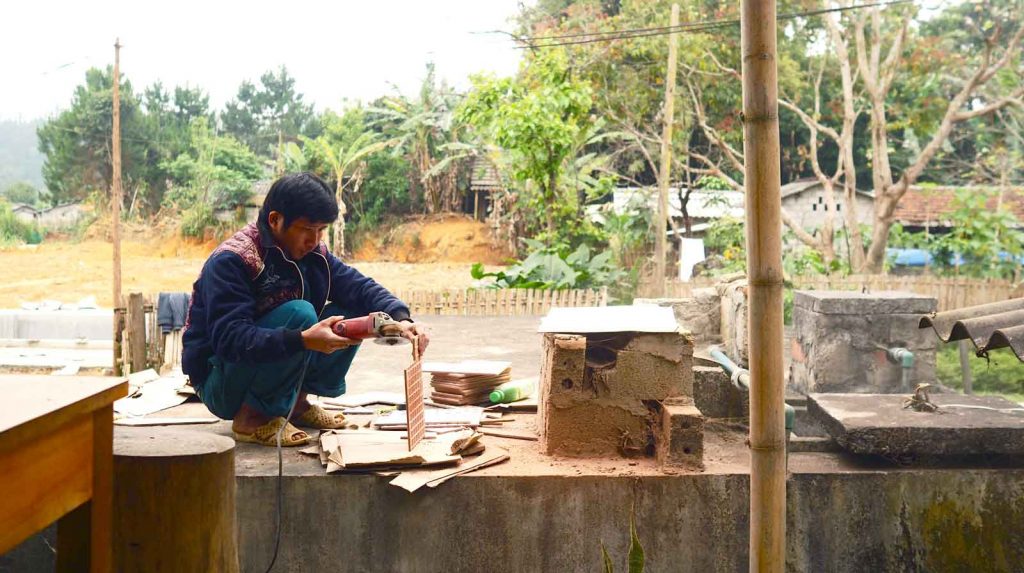
Can I take photos?
It can be challenging to stay reserved and mindful when that golden photo opportunity arises. And yes, there are many! The villages are a photographer’s dream in many respects. But you know, a real photographer should connect with their subject. So we recommend you not to steal photos, but to communicate with the people you want to take pics of, and respectfully ask for permission when you feel it’s appropriate. It will be worth the effort!
Can I find souvenirs?
Yes! Different minority group hold onto traditional skills and crafts, such as weaving and dress making. Therefore, you’ll have plenty of options to buy beautiful souvenirs and thus contribute to local economies. When passing by Lung Tam, you can visit the women’s weaving cooperative. There, you can observe them create incredible clothing, bags and accessories from raw materials such as hemp. And of course, you can also purchase something from their small shop and support their fantastic craft.
Is it possible to try authentic food?
Farming and food produce are central to daily living in the area. It seems that every generation is tirelessly working with the land, crops like tea and livestock. Local markets, such as Dong Van Sunday Market, are an impressive spectacle and a real celebration. Here, you can witness the fruits of their labor. And of course, you can also purchase fresh products and freshly prepared food. It can seem shocking and truly eye opening, for western people, to see the unfiltered, unbranded realness of the farming trade. It’s well worth visiting!
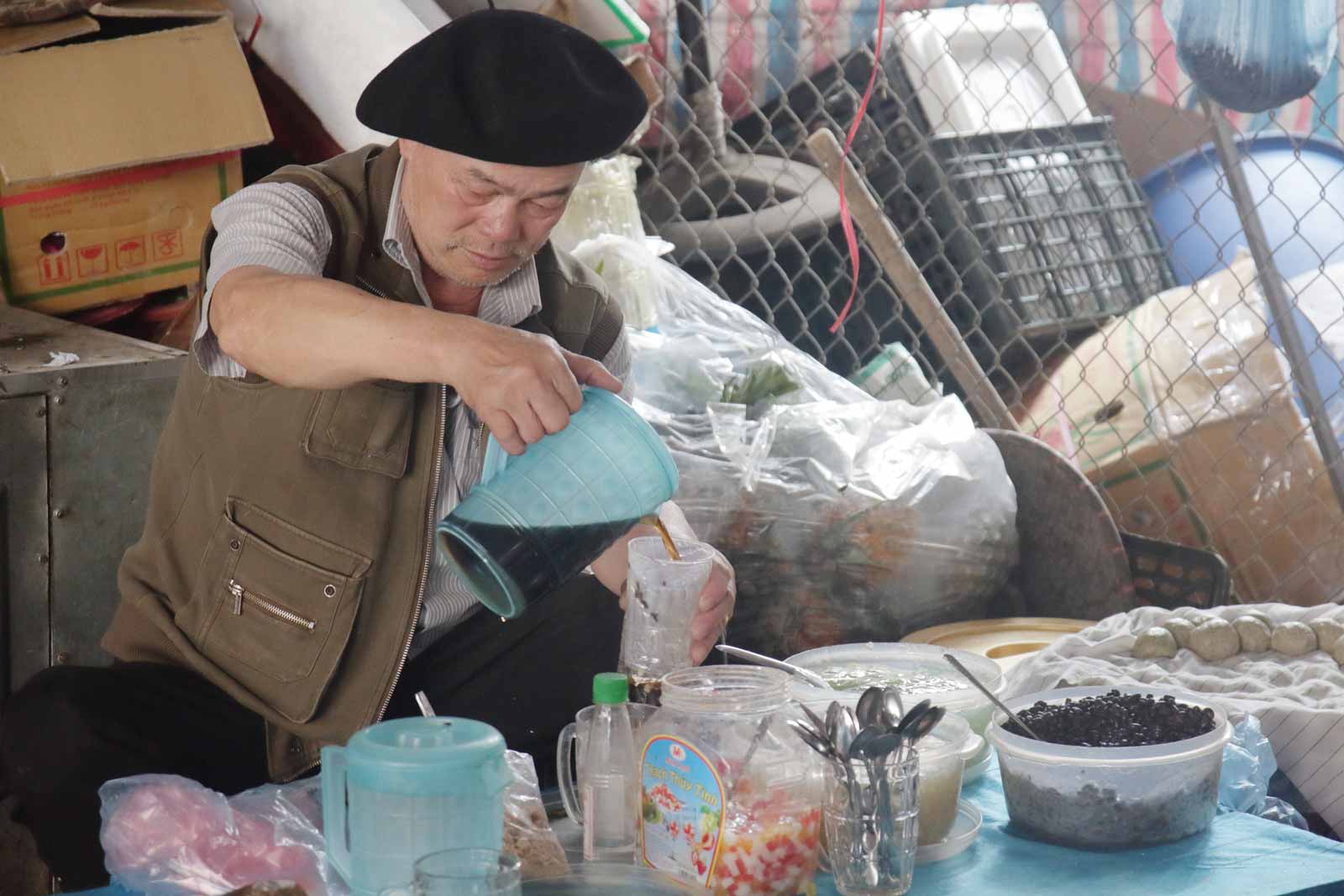
What if I want to help the people?
The people you will encounter work for a living. They have built their homes in a traditional fashion, and live minimally. The children work from a young age and the elders work hard as well. To some, it may seem they have a hard life or are less fortunate than yourself. However, you should definitely not treat people as a charity. It’s unfortunate that in some areas, some children have associated foreigners as opportunity for money or hand out. We must understand the potential effects this could have on their own life and culture. It’s highly advised that people refrain from giving money or any gifts!
Encouraging children to beg could be very problematic. And you, as a foreigner, are a direct reference to the outside world. The engagement you have with them can have a dramatic effect. So try not to influence their behavior in this or any other way. Even if their lives can seem rough to us, we’re not to judge nor to take direct actions, especially not as mere visitors. You can still help by contributing to their local economies: purchase crafts and local food and stay in homestays and/or small hotels and guesthouses. Respecting their culture and environment is of great help too!
Will I be welcome into their world?
Some of the villages are truly breathtaking. They can be fabulous examples of harmonious agricultural living, collective effort and traditional architecture. Sometimes, it can feel as though you have stepped into a fairy tale or a timeless historic vision. Children energetically welcome you with smiles and high fives mostly! Their welcome can be one of the warmest you will experience. With mindful practice this should remain this way, it’s really up to you!
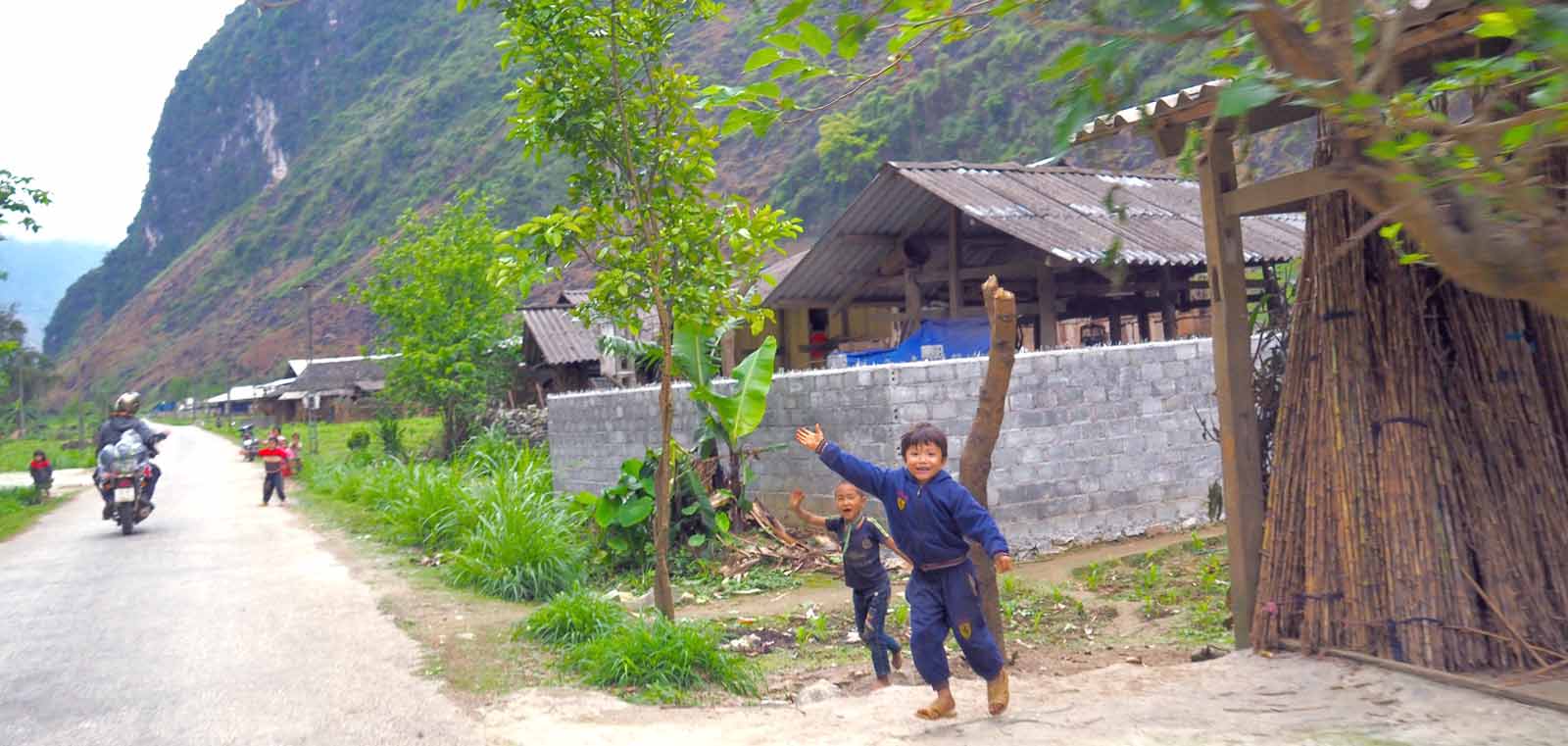
If you want to learn more about ethnic minority groups in Ha Giang, and have the chance to engage with them, we highly recommend you to do the Ha Giang loop with a local guide.

